2-Bromobutane
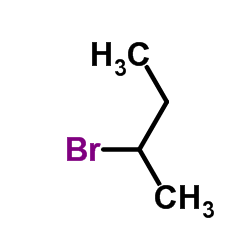
2-Bromobutane structure
|
Common Name | 2-Bromobutane | ||
|---|---|---|---|---|
| CAS Number | 78-76-2 | Molecular Weight | 137.018 | |
| Density | 1.3±0.1 g/cm3 | Boiling Point | 90.7±8.0 °C at 760 mmHg | |
| Molecular Formula | C4H9Br | Melting Point | -112 °C | |
| MSDS | Chinese USA | Flash Point | 21.1±0.0 °C | |
| Symbol |

GHS02 |
Signal Word | Danger | |
| Name | 2-Bromobutane |
|---|---|
| Synonym | More Synonyms |
| Density | 1.3±0.1 g/cm3 |
|---|---|
| Boiling Point | 90.7±8.0 °C at 760 mmHg |
| Melting Point | -112 °C |
| Molecular Formula | C4H9Br |
| Molecular Weight | 137.018 |
| Flash Point | 21.1±0.0 °C |
| Exact Mass | 135.988754 |
| LogP | 2.56 |
| Vapour Pressure | 62.9±0.2 mmHg at 25°C |
| Index of Refraction | 1.436 |
| InChIKey | UPSXAPQYNGXVBF-UHFFFAOYSA-N |
| SMILES | CCC(C)Br |
| Stability | Stable. Flammable. Incompatible with strong oxidizing agents. |
| Water Solubility | insoluble |
CHEMICAL IDENTIFICATION
HEALTH HAZARD DATAACUTE TOXICITY DATA
|
| Symbol |

GHS02 |
|---|---|
| Signal Word | Danger |
| Hazard Statements | H225 |
| Precautionary Statements | P210 |
| Personal Protective Equipment | Eyeshields;Faceshields;full-face respirator (US);Gloves;multi-purpose combination respirator cartridge (US);type ABEK (EN14387) respirator filter |
| Hazard Codes | F:Flammable |
| Risk Phrases | R10;R11;R36/37/38 |
| Safety Phrases | S16-S23-S24/25-S37/39-S26 |
| RIDADR | UN 2339 3/PG 2 |
| WGK Germany | 2 |
| RTECS | EJ6228000 |
| Packaging Group | II |
| Hazard Class | 3 |
| HS Code | 29033036 |
| Precursor 10 | |
|---|---|
| DownStream 10 | |
| HS Code | 29033036 |
|---|
|
Validated methods for degrading hazardous chemicals: some halogenated compounds.
Am. Ind. Hyg. Assoc. J. 52(6) , 252-7, (1991) Two techniques were investigated for degrading a number of halogenated compounds of commercial and research importance. Reductive dehalogenation with nickel-aluminum alloy in potassium hydroxide solut... |
|
|
Enantioselective surface chemistry of R-2-bromobutane on Cu(643)R&S and Cu(531)R&S.
J. Phys. Chem. B 110(21) , 10411-20, (2006) The enantioselective surface chemistry of chiral R-2-bromobutane was studied on the naturally chiral Cu(643)R&S and Cu(531)R&S surfaces by comparing relative product yields during temperature-programm... |
|
|
Microbial growth on 2-bromobutane.
Antonie van Leeuwenhoek 46(4) , 331-41, (1980) A member of the genus Arthrobacter was isolated which grew at the expense of 2-bromobutane as sole source of carbon and energy. Evidence is presented which suggests that the initial conversion of 2-br... |
| 2-Bromobutane |
| S-BUTYL BROMIDE |
| 2-bromo butane |
| 1-methylpropyl bromide |
| 2-Brombutan |
| sec-Butyl Bromide |
| bromo-2butane |
| 2-Butyl bromide |
| UNII:SSI829JO4W |
| (±)-2-Bromobutane |
| sec-C4H9Br |
| 2-Bromobutane [UN2339] [Flammable liquid] |
| sec-Butylbromide |
| 1-bromo-1-methylpropane |
| MFCD00000156 |
| BROMOBUTANE,2 |
| EINECS 201-140-7 |
| Butane, 2-bromo- |
| butane,2-bromo |
| 2-bromo-butan |
 CAS#:78-86-4
CAS#:78-86-4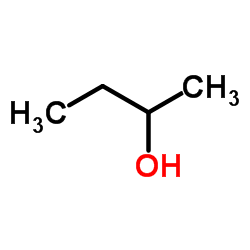 CAS#:78-92-2
CAS#:78-92-2 CAS#:7581-97-7
CAS#:7581-97-7 CAS#:2211-67-8
CAS#:2211-67-8 CAS#:6863-58-7
CAS#:6863-58-7 CAS#:201230-82-2
CAS#:201230-82-2 CAS#:100-39-0
CAS#:100-39-0 CAS#:109-69-3
CAS#:109-69-3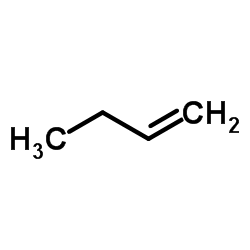 CAS#:106-98-9
CAS#:106-98-9 CAS#:106-97-8
CAS#:106-97-8 CAS#:10359-61-2
CAS#:10359-61-2 CAS#:10574-17-1
CAS#:10574-17-1![1-[butan-2-yl(butoxy)phosphoryl]oxybutane structure](https://image.chemsrc.com/caspic/427/100543-40-6.png) CAS#:100543-40-6
CAS#:100543-40-6 CAS#:3968-92-1
CAS#:3968-92-1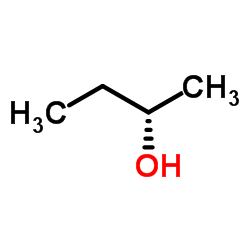 CAS#:4221-99-2
CAS#:4221-99-2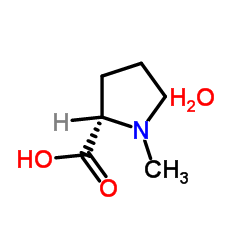 CAS#:14898-79-4
CAS#:14898-79-4![[R,(-)]-2-Bromobutane structure](https://image.chemsrc.com/caspic/022/5787-33-7.png) CAS#:5787-33-7
CAS#:5787-33-7 CAS#:5408-86-6
CAS#:5408-86-6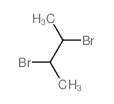 CAS#:5780-13-2
CAS#:5780-13-2
